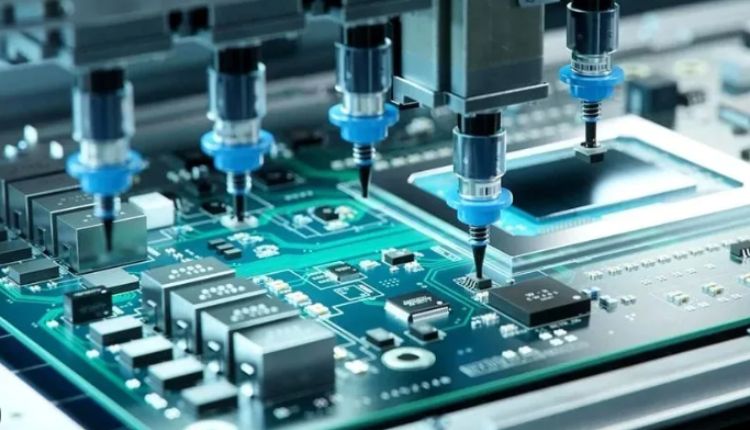In the fast-evolving world of electronics manufacturing, PCBA and SMT (Surface Mount Technology) are two of the most vital processes. From consumer electronics to industrial controllers, SMT assembly and PCB assembly ensure that electronic devices are compact, efficient, and reliable.
What is PCBA?
PCBA (Printed Circuit Board Assembly) refers to the full process of soldering or mounting electronic components onto a printed circuit board. This can be achieved using surface mount technology, through-hole technology, or a hybrid of both.
Common steps in PCBA:
- Solder paste printing
- SMT or THT component placement
- Reflow or wave soldering
- Inspection and testing (AOI, X-ray, ICT)
- Final assembly and quality assurance
What is SMT in Electronics?
SMT, or Surface Mount Technology, is a component mounting method where electronic parts are placed directly onto the surface of a PCB. It has become the standard in modern SMT manufacturing due to its speed, automation, and space efficiency.
Advantages of SMT assembly:
- High-density component placement
- Smaller and lighter circuit boards
- Faster automated production
- Cost-effective for high-volume manufacturing
How SMT Powers the PCBA Process
SMT is now the backbone of most PCB assembly processes. It enables compact designs and reliable solder joints while supporting high-speed automated workflows.
An advanced SMT manufacturing line typically includes:
- Pick-and-place machines
- Reflow soldering ovens
- AOI and X-ray inspection systems
- Integrated production monitoring
These elements work together to ensure precision, consistency, and quality in every board produced.
PCBA vs SMT: Key Differences
While the terms PCBA and SMT are closely related, they refer to different scopes:
SMT is one of the primary methods used in PCBA but does not represent the entire assembly process.
Applications of PCBA and SMT
Both PCBA and SMT are fundamental to the following industries:
- Consumer electronics: phones, TVs, laptops
- Automotive electronics: control units, safety systems
- Medical equipment: diagnostic devices, monitors
- Industrial automation: sensors, controllers
- IoT and smart home: wireless modules, LED drivers
Each of these sectors relies on SMT assembly for miniaturized and high-reliability circuit solutions.
Choosing a Reliable PCBA and SMT Provider
When selecting a PCBA and SMT partner, consider the following:
- Fully equipped SMT production lines
- In-house quality inspection (AOI, X-ray, ICT)
- Certifications such as ISO 9001, IPC-A-610
- Flexible support for prototypes and mass production
- Experience in your target application
A strong manufacturing partner will help reduce time-to-market and improve product quality.
Conclusion
PCBA and SMT are at the heart of modern electronics. SMT assembly enables compact, reliable, and cost-effective designs, while the overall PCBA process brings the design to life. Whether you’re developing advanced medical equipment, automotive modules, or smart consumer devices, understanding and applying these technologies is key to staying competitive.






